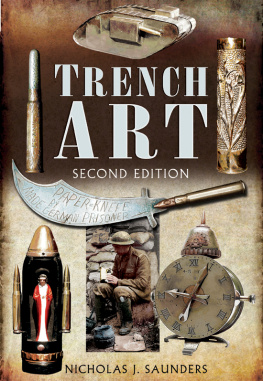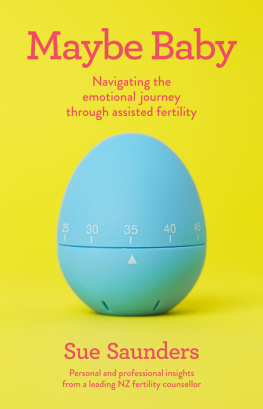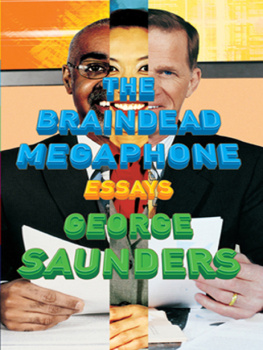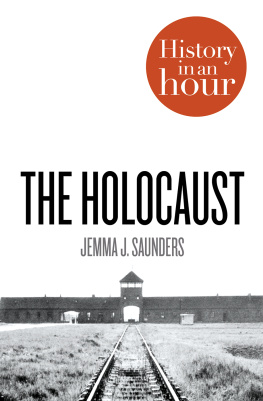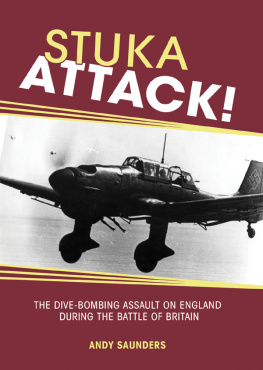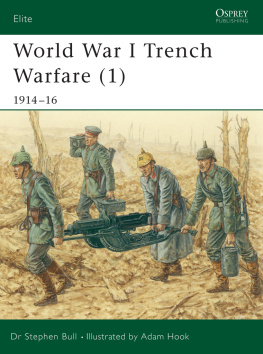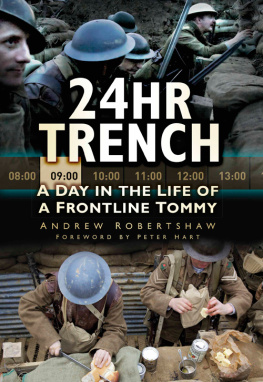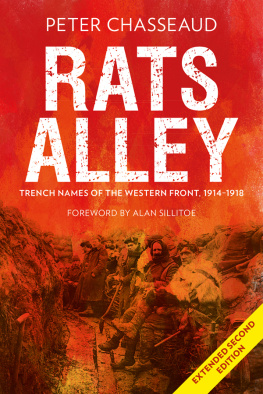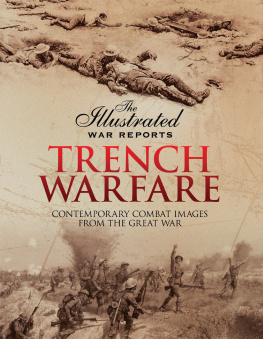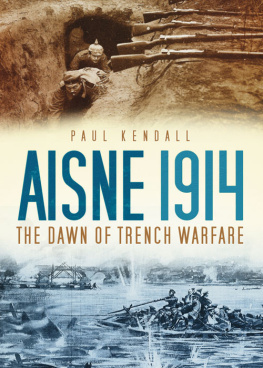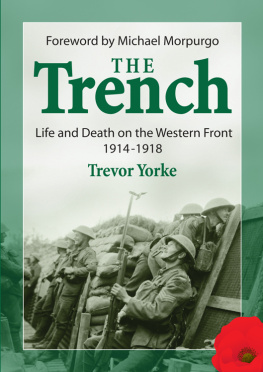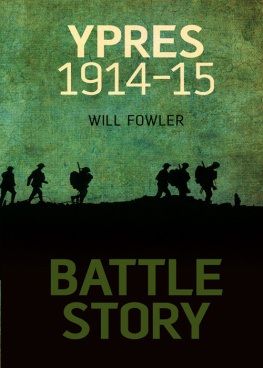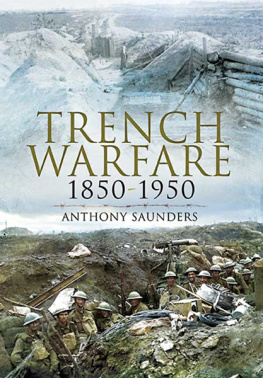Copyright Nicholas J. Saunders, 2001, 2011
The right of Nicholas J. Saunders to be identified as Author of this Work has been asserted by him in accordance with the Copyright, Designs and Patents Act 1988.
All rights reserved. No part of this book may be reproduced or transmitted in any form or by any means, electronic or mechanical including photocopying, recording or by any information storage and retrieval system, without permission from the Publisher in writing.
Pen & Sword Books Ltd incorporates the Imprints of Pen & Sword Aviation, Pen & Sword Maritime, Pen & Sword Military, Wharncliffe Local History, Pen and Sword Select, Pen and Sword Military Classics, Leo Cooper, Remember When, Seaforth Publishing and Frontline Publishing.
Acknowledgements
In a book such as this there are, inevitably, many people from all walks of life who have generously given their help and advice, criticism, encouragement, company, and rare insight. A full list of how each person has aided my research would be a chapter in itself, and so I would like to offer my heartfelt thanks equally to all of the following who, each in their own way, made this book possible.
Paul Cornish (Imperial War Museum), Peter Liddle (Liddle Collection, The Second World War Experience Centre), Jenny Spencer-Smith and Oliver Buckley (National Army Museum), and the curators of innumerable Regimental Museums throughout the United Kingdom who kindly responded to my letters, questionnaires and requests for photographs. Marion Wenzel (Bosnia-Hercegovina Heritage Rescue, London and Sarajevo), Peter Doyle (University of Greenwich), Jay Winter and John Carman (Cambridge University), Jeremy Coote and Marius Kwint (Oxford University), Mark Dennis (Museum of the United Grand Lodge, London), John Schofield (English Heritage), Danny Miller, Suzanne Kchler, Hugh Clout, Mike Rowlands, Christopher Tilley, and Barbara Bender, all at University College London, Annette Becker (Paris X Nanterre), Thomas Compre-Morel and Marie-Pascale Prvost-Bault (LHistorial de la Grande Guerre, Pronne), Peter Aitken and Jane Peek (Australian War Memorial, Canberra), Mark Derez (Katholick University, Leuven), Franky Bostyn and Johan Vandewalle (Association for Battlefield Archaeology in Flanders, Zonnebeke), Aleks Deseyne (Atlantic Walls, Raversijde, Ostend), Jan Dewilde (Stedelijke Museum, Ieper), Chatham Dockyard Historical Society, Marie-Monique Huss (University of Westminster, London), and Peter Taylor.
Also, Gil Goutsmit (Ostend), Roger Lampaert (Zillebeke), Gabriel Versavel (Passendale), Senior Captain A. Vander Mast (Langemark-Poelkapelle), Lieutenant Colonel L. Deprez-Wouts (Ieper), John Woolsgrove and Christine De Deyne (The Shell Hole, Ieper), Alain and Wilma Bouten (The Protea, Geluvelt-Zonnebeke), Philipe Oosterlinck, Joe Lagae, Roger De Smul (Hooge), Jacques Schier (Hill 62), Rik Ryon (Proven), Ivan Sinnaeve (Sint-Jan), Laurie Farrow (Messines), Peter Barton, Ken Dunn, James Brazier, Bill Abbitt, Steve Rarity, Ralph Thompson, Angela Kelsall, Bernard Hepton, Christopher Basey, T.M.D. Ball, Jane Kimball, Roy Butler, Paul Hamilton, Stefany Tomalin, Gordon Rae, Pamela Caunt, Jon Price, Bill Chandler, Phil Reeve, Gerry OConnell, the late Joe Lyndhurst and various others who, at their own request, remain anonymous.
I am especially grateful to University College London for the opportunity to undertake the research upon which this book is based, and above all to The British Academy, for the award of an Institutional Fellowship, which made it possible. I owe a great debt to my wife Pauline and my children Roxanne and Alexander who suffered (or enjoyed) my frequent absences, and the gradual filling up of their home with strange objects. To my parents I am grateful for the various pieces of Trench Art they have acquired for me over recent years.
Obtaining photographs for this book has been its own adventure. Except where stated, all are my copyright (c). Where copyright is mine but permissions were granted by others, this is so noted. I am particularly grateful to Gabriel Versavel for permission to photograph his family collection and to reproduce some of these here, where they are jointly credited to the Versavel Archive.
Finally, I am proud to thank my grandfathers, Alfred William Saunders of the Kings Own Royal Regiment (Lancaster), and Matthew Inkerman Chorley of the South Lancashire Regiment and his brothers James and Jack Chorley, all of whom fought in the Great War and survived, though not without scars. To them, and all the makers of Great War Trench Art I dedicate this book. Ars longa, vita brevis indeed!
Preface to Second Edition
In the decade since the original 2001 publication of this book, the study of Trench Art has been transformed. No longer is it the sole preserve of enthusiastic and knowledgeable collectors. It is now recognized by historians, archaeologists, anthropologists, and museum and heritage professionals, as a significant resource for exploring the experiences of men, women, and children during and after the First World War, and, indeed, all modern conflicts.
The 2001 edition was also the first English-language book devoted to Trench Art. Three earlier publications are a small pamphlet published in Flemish (Vermeulen-Roose 1972); an excellent study of Finnish Trench Art (in Finnish, but with an English summary) (Steffa and Steffa 1981); and an (Italian-language) exhibition catalogue (Fabi 1998). Astonishingly, since 2001, no less than eleven books have been published on Trench Art, accompanied by innumerable articles. The quantity and diversity of publications in the updated bibliography reflect the wide range of new engagements between people and these strangely compelling artefacts.
Of the major books, some are lavishly illustrated, such as Jane Kimballs encyclopaedic Trench Art: An Illustrated History (2004), and Nicole Durands stunning De lHorreur lart (2006). My own Trench Art: Materialities and Memories of War (2003a) takes an academic approach, and Patrice Warins three deeply researched and beautifully produced volumes (2001, 2005, 2009) are simply peerless and demonstrate the vast potential for future research.
The enthusiasm for Trench Art as a subject has also inspired a rich and varied presence on the Internet, over and above the expansion of the militaria trade into this new medium. Many websites are dedicated to exploring the different forms and stories of such objects, almost exclusively from the First World War (see bibliography). Exhibitions too have flourished all over the world, in major museums such as the In Flanders Fields Museum in Ypres, Belgium, the Historial de la Grande Guerre in Pronne, France, and at the University of Tbingen in Germany. Smaller local exhibitions have also taken place across Britain, Canada, and Italy.

